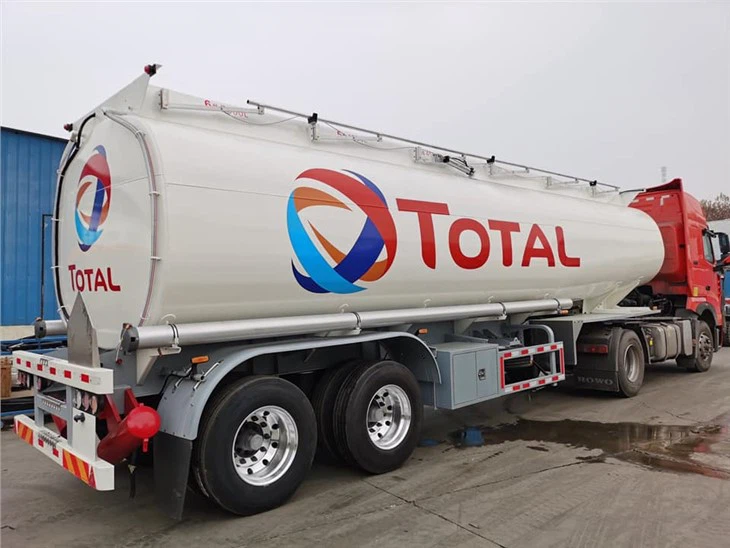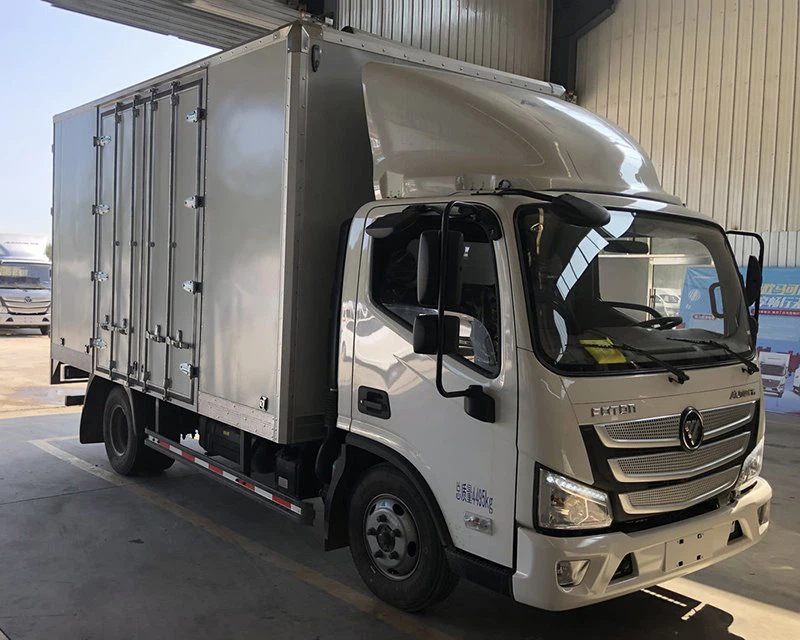Understanding the Peterbilt Single Axle: A Comprehensive Guide

The Peterbilt single axle is a significant component in the trucking industry known for its versatility, performance, and durability. As a popular choice among drivers and fleet managers, this model offers a variety of features that make it suitable for different types of hauling and transportation tasks. In this article, we will explore the characteristics, performance, maintenance, and purchasing considerations of the Peterbilt single axle, providing you with a thorough understanding of why it stands out in the market.
What is a Peterbilt Single Axle?
The Peterbilt single axle is a configuration of trucks manufactured by Peterbilt Motors Company, designed primarily for specific hauling needs. This vehicle is built with one rear axle and is ideal for various applications in both urban and highway environments.
Key Features of the Peterbilt Single Axle
- Compact Design: The single axle configuration allows for a more compact design, making it easier to maneuver in narrow spaces.
- Weight Efficiency: With a single rear axle, these trucks often have a lighter overall weight capacity, allowing for more payload without exceeding weight limits.
- Versatility: The single axle is suitable for a variety of applications, from delivery services to construction sites, making it a popular choice for small to medium-sized businesses.
- Fuel Efficiency: Due to their lighter weight, these trucks typically offer better fuel economy compared to heavier configurations.
Applications of the Peterbilt Single Axle
The Peterbilt single axle truck is used across various industries due to its adaptability to different cargo types and loads.

Common Uses
| Industry | Application |
|---|---|
| Construction | Transporting heavy equipment and construction materials. |
| Logistics | Local deliveries and freight transport. |
| Waste Management | Garbage trucks and collection vehicles. |
| Municipal Services | Snow removal and street maintenance. |
Performance Specifications of the Peterbilt Single Axle
Understanding the performance specifications of the Peterbilt single axle is crucial for assessing its capabilities.
Engine Options
The Peterbilt single axle offers a range of engine options, typically adhering to EPA regulations, which enhances overall performance and fuel efficiency. Some common engines include:
- Cummins ISB: Known for its reliability and fuel efficiency.
- PacLease: Offers ease of service and innovative technology.
Transmission Options
Trucks in this category generally come with automatic and manual transmission options:
- Automatic: Provides smoother shifts and better fuel economy.
- Manual: Offers drivers greater control over gear selection.
Choosing the Right Peterbilt Single Axle for Your Needs
When selecting a Peterbilt single axle truck, consider the following factors to ensure that it meets your operational requirements.
Assess Your Payload Capacity
Determine the maximum weight you plan to carry regularly to choose the model with an appropriate payload capacity. The single axle configuration typically allows for easy handling of lighter loads.
Analyze Engine Requirements
Different industries may require varying horsepower and engine specifications. Assess your route requirements, such as steep inclines or city driving, to decide on the best engine option.
Evaluate the Budget
Consider the total cost of ownership, including initial purchase, insurance, maintenance, and fuel costs. Establishing a budget upfront will help narrow your choices.
Maintaining Your Peterbilt Single Axle
Proper maintenance is vital for ensuring the longevity and performance of your Peterbilt single axle truck.
Regular Inspections
Conduct periodic inspections of key components such as brakes, tires, and lights. Keep an eye on wear and replace parts as needed to avoid breakdowns.
Oil Changes
Regular oil changes are essential for engine longevity. Follow the manufacturer’s guideline for oil change intervals.
Tire Maintenance

Check tire pressure and tread depth regularly. Maintaining proper tire health prevents accidents and improves fuel efficiency.
Financing Options for Peterbilt Single Axle Trucks
Financing is a significant aspect when acquiring a Peterbilt single axle truck. Various options are available:
Leasing vs. Buying
Decide whether it’s more beneficial for your business to lease or buy. Leasing often provides lower monthly payments, while purchasing offers ownership and flexibility.
Financing Programs

Many dealerships offer financing plans with competitive interest rates. Work with your dealership’s financial advisor to find the best option that suits your budget.
Real Life Examples of Peterbilt Single Axle Impact
Here are practical examples highlighting the efficiency of the Peterbilt single axle in real-world applications:
Case Study: Local Delivery Service
A local bakery utilizes a Peterbilt single axle truck for daily deliveries. With its compact size, the driver navigates urban streets effortlessly while maintaining a better fuel average than previous vehicles used.
Case Study: Construction Site Usage
A construction company utilizes a single axle truck to move materials to a remote site. The vehicle’s lightweight and maneuverability enable rapid transit between locations, ensuring smooth operations on-site.
Frequently Asked Questions
What is the average fuel efficiency of a Peterbilt single axle truck?
The fuel efficiency can vary depending on the load and driving conditions, but on average, it ranges between 6 to 12 miles per gallon.
Can I customize my Peterbilt single axle truck?
Yes, Peterbilt offers various customization options, including engine choices, cabin features, and bed configurations to meet specific needs.
How often should I perform maintenance on my Peterbilt single axle truck?
It is recommended to perform maintenance checks every 10,000 miles or every three months, whichever comes first. This includes oil changes, tire rotations, and brake inspections.
What types of cargo can a Peterbilt single axle truck carry?
The truck is capable of hauling various types of cargo, including construction materials, waste, and general freight, though the total weight and type should adhere to local regulations.
Are there any warranty options available for new purchases?
Most new Peterbilt trucks come with a standard warranty package covering specific components. It’s advisable to inquire about warranty details during the purchasing process.
How does the Peterbilt single axle compare to multi-axle trucks?
Peterbilt single axle trucks are lighter and more maneuverable than multi-axle trucks, making them ideal for urban settings, while multi-axle trucks offer greater payload capacity and stability for heavier loads.
